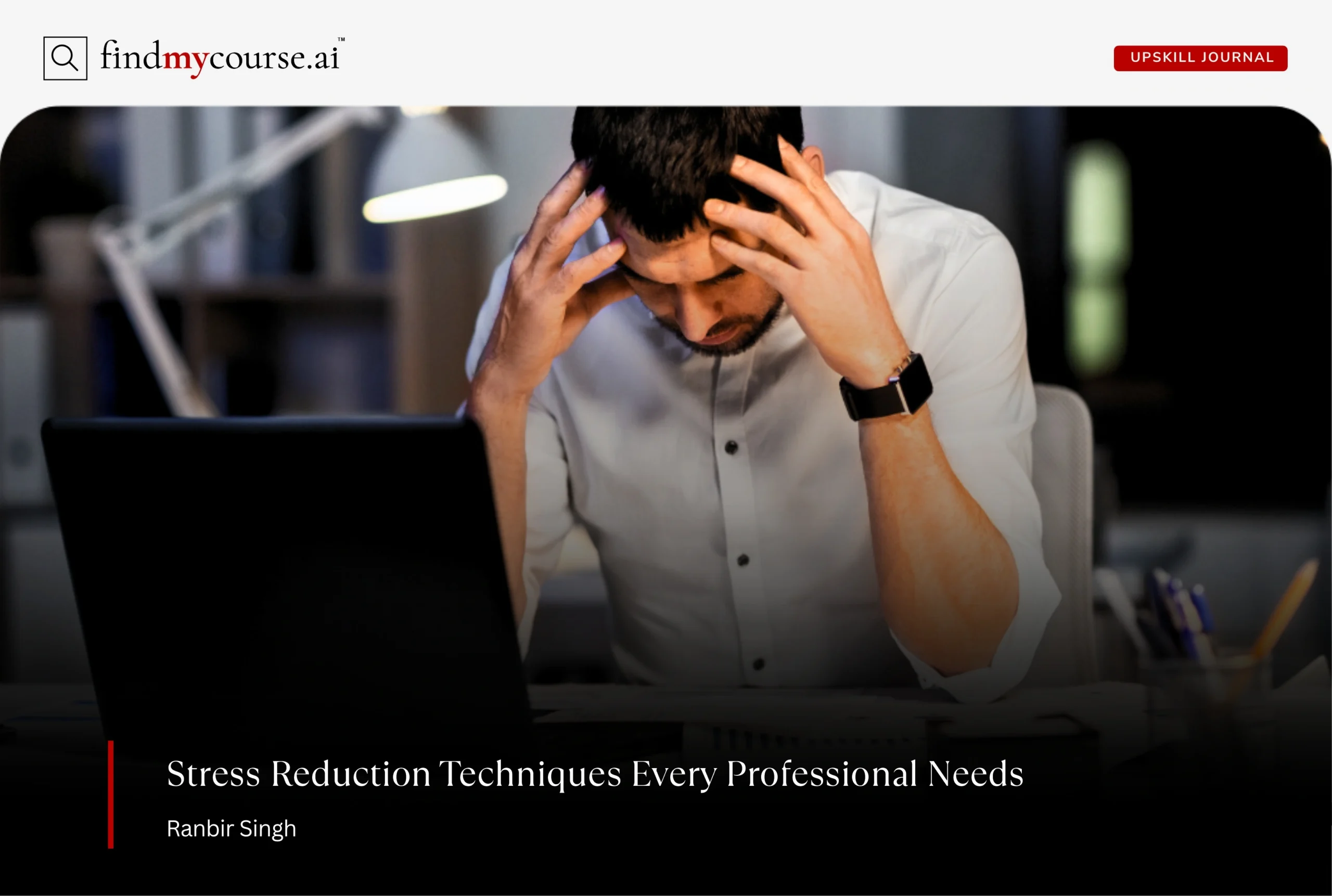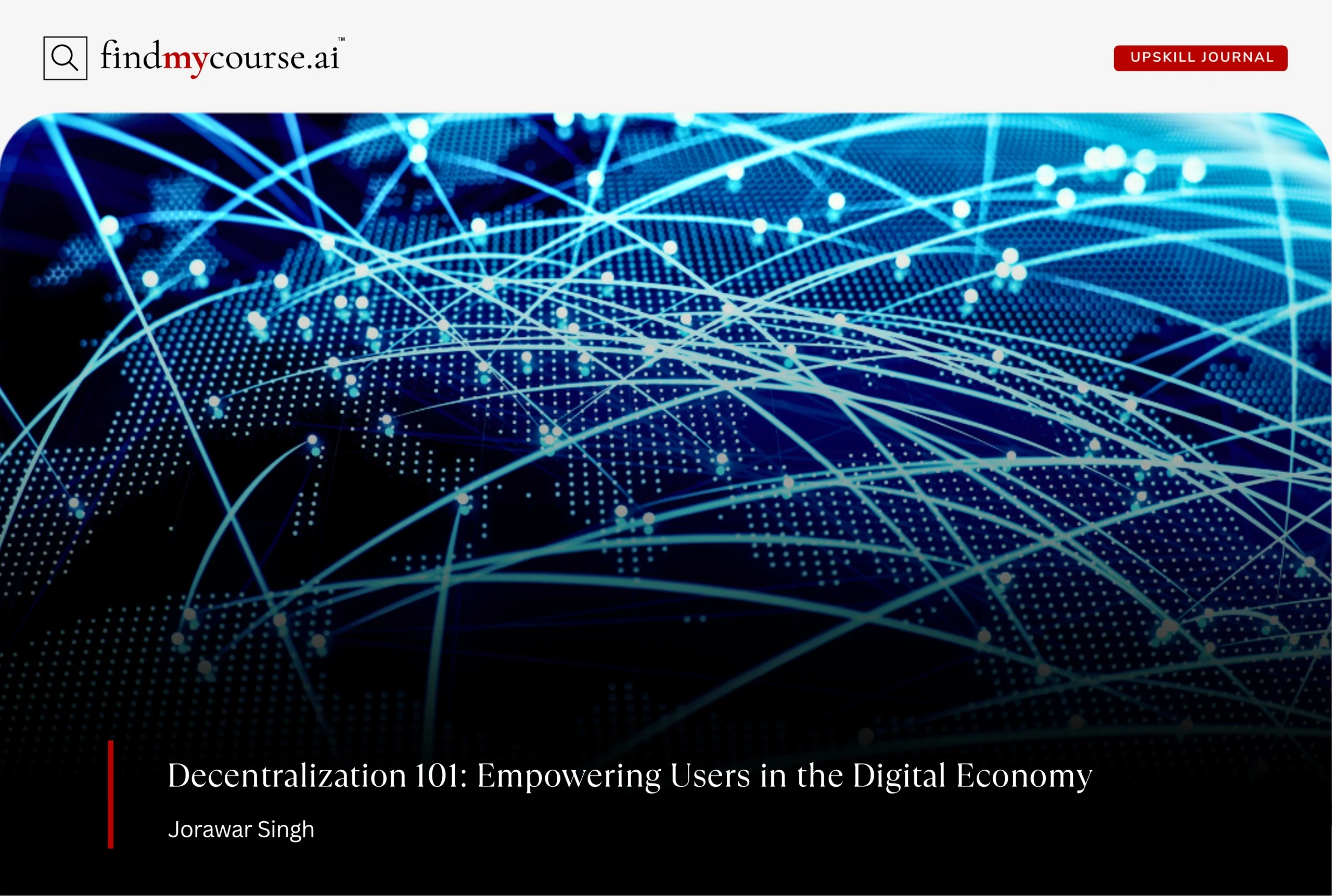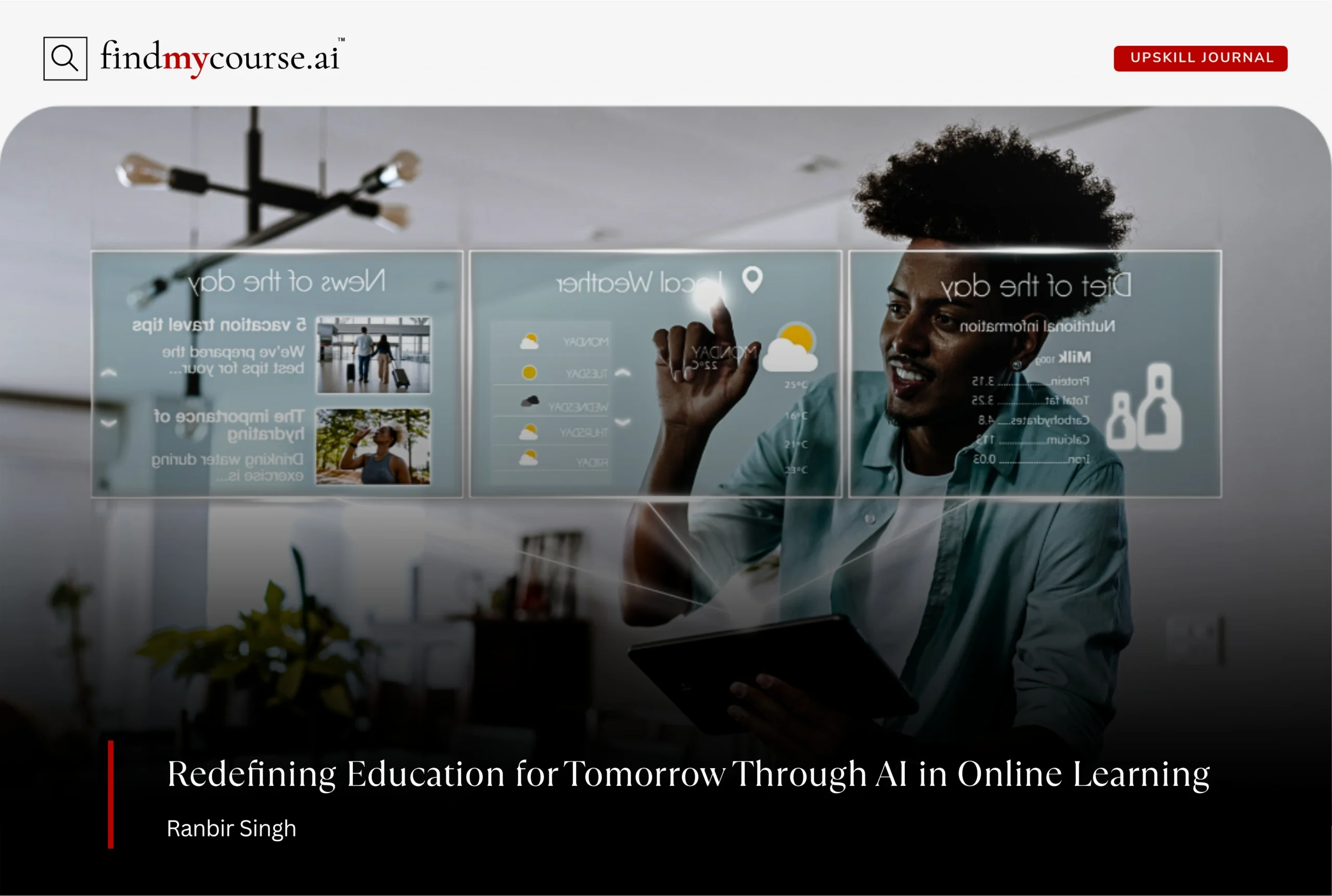The modern professional faces an unspoken challenge: performing at full speed without running on empty. Back-to-back meetings, digital overload, and constant change leave little room to breathe or think clearly. Over time, this quiet pressure dulls creativity and also drains motivation. So, that’s why mastering effective stress reduction techniques has become essential for sustainable success. Mindfulness—once considered a wellness trend—is now a proven strategy for enhancing focus, composure, and long-term performance.
Whether you’re leading teams, adapting to hybrid work, or striving to upskill, mindfulness-based stress management techniques can help you stay balanced, focused, and resilient in today’s demanding world.
Why Mindfulness Works in High-Pressure Environments
Professionals today often operate in a constant state of alert—emails, meetings, and decisions piling up without pause. This chronic stress response exhausts mental energy, blurs focus, and leads to reactive rather than strategic thinking, making performance harder to sustain over time.
Mindfulness strengthens professional performance by helping individuals:
- Recognize early signs of stress before they escalate
- Pause and respond with clarity instead of reacting impulsively
- Maintain composure and empathy in high-stakes conversations
- Improve concentration and creative problem-solving
- Make thoughtful, values-aligned decisions under pressure
In essence, mindfulness shifts professionals from surviving to performing with presence. Even ten minutes of daily practice can recalibrate focus, calm the nervous system, and enhance long-term resilience—turning mindful awareness into a tangible edge in demanding work environments.
Practical Stress Reduction Techniques for the Modern Professional
Mindfulness becomes truly valuable when it moves from concept to daily practice. The following approaches translate awareness into action—simple, evidence-based habits that fit naturally into busy workdays. Each technique offers a practical way to pause, reset, and refocus, helping professionals manage pressure while sustaining clarity, creativity, and emotional balance.
1. Mindful Breathing: The Micro-Pause That Refocuses Your Mind
Among the most effective stress reduction techniques, mindful breathing helps reset your nervous system in real time. Between meetings or before tough conversations, inhale through your nose for four seconds, hold for two, and exhale through your mouth for six. This quick rhythm activates your body’s relaxation response, steadies focus, and builds composure. Over time, these micro-pauses strengthen emotional control—critical for high-stakes decision-making and effective communication.
2. Body Scan Meditation: Building Emotional Intelligence Through Awareness
The body scan is a mindfulness classic—and for professionals, a practical mirror for self-awareness. Sit or lie comfortably, close your eyes, and move attention slowly from your feet upward. Observe sensations without judgment, noticing where tension resides. This awareness helps release physical strain while sharpening emotional intelligence. By sensing stress early, you can recalibrate before it evolves into fatigue, irritability, or burnout—preserving energy for what truly matters.
3. Mindful Transitions: Redefining the Modern Workday
Today’s workdays often blur into an endless stream of meetings and messages. Mindful transitions—brief pauses between tasks—help you mentally close one loop before opening another. After completing a task, stop for 30 seconds, take a breath, and acknowledge the shift. This simple ritual reduces mental residue, restores clarity, and enhances productivity. Leaders who model mindful transitions cultivate calmer, more focused teams capable of sustaining high performance throughout the day.
4. Mindful Walking: Movement as Mental Reset
For professionals tied to screens, mindful walking offers both restoration and reflection. Step away for five minutes and walk slowly, paying attention to your steps, breath, and surroundings. This movement-centered mindfulness resets cognitive load, releases physical tension, and improves creative thinking. Research from the University of California (2023) found even brief mindful walks enhance executive function and focus—making this small habit a powerful productivity reset in demanding workdays.
5. Gratitude Journaling: Shifting Mindset from Pressure to Perspective
High achievers often chase the next goal without pausing to recognize progress. Gratitude journaling breaks that cycle by shifting attention to what’s working. Each morning or evening, jot down three things you’re grateful for—a supportive colleague, a small win, or a moment of calm. This simple exercise rewires the brain toward optimism and resilience. Over time, it strengthens perspective, reducing stress and helping professionals maintain balance amidst constant demands.
6. Digital Boundaries: Protecting Focus in a Hyperconnected World
Digital overload is one of the biggest contributors to chronic workplace stress. Constant pings and notifications keep your mind in a low-level state of fight-or-flight. Create digital boundaries: mute non-essential alerts, schedule deep work sessions, and unplug at least an hour before bed. These intentional disconnections help restore focus, regulate emotions, and improve sleep quality—preserving your mental bandwidth for deep thinking, creativity, and strategic decision-making.
7. Loving-Kindness Meditation: Strengthening Connection and Leadership
Loving-kindness meditation—or Metta—builds compassion and emotional balance, two qualities central to great leadership. Sit quietly and repeat: “May I be calm. May I be strong. May others be well.” Gradually extend this wish to colleagues and even difficult individuals. This practice softens judgment, enhances empathy, and reduces interpersonal tension. Leaders who cultivate compassion foster trust, psychological safety, and collaboration—core elements of high-performing, emotionally intelligent workplaces.
8. Integrating Mindfulness into Work and Continuous Learning
Mindfulness doesn’t require extra time; it thrives in small, consistent moments. Begin meetings with one deep breath, listen without rehearsing responses, or take a mindful lunch break away from screens. These micro-practices nurture focus, patience, and clarity. Moreover, mindfulness strengthens learning improving attention and information retention. A calm, centered mind adapts faster, turning pressure into growth and professional agility.
The Professional Edge: How Mindfulness Enhances Performance
What makes mindfulness so relevant to modern professionals is its direct link to measurable workplace outcomes. Beyond personal well-being, studies now show mindfulness drives better business performance.
A 2024 Deloitte Global survey found that employees who regularly practice mindfulness report 23% higher productivity and 30% lower turnover intention. Teams led by mindful managers demonstrate improved collaboration, clearer communication, and higher engagement.
Moreover, mindfulness nurtures what leadership experts call “executive calm”—the capacity to remain composed and solution-oriented during pressure. This ability doesn’t just prevent burnout; it builds credibility. In moments of uncertainty, calm leaders become anchors for their teams.
Professionals who integrate mindfulness notice tangible benefits:
- Sharper decision-making due to reduced cognitive fatigue
- Enhanced creativity from a more open, less reactive mindset
- Stronger resilience in adapting to rapid change
- Improved relationships through active listening and empathy
Ultimately, mindful stress reduction techniques it helps you manage not just your workload, but your energy, focus, and presence.
Final Thoughts
Sustainable success isn’t about working harder—it’s about working with greater awareness. Mindfulness equips professionals to meet pressure with clarity, empathy, and balance. By integrating these stress reduction techniques into daily routines, you cultivate a calm that sharpens performance and strengthens resilience. In a world that rewards constant motion, mindfulness reminds us that composure is the true competitive edge. And if you have more questions—or need help applying these techniques in your own work life—just ask our AI assistant for personalized guidance.


